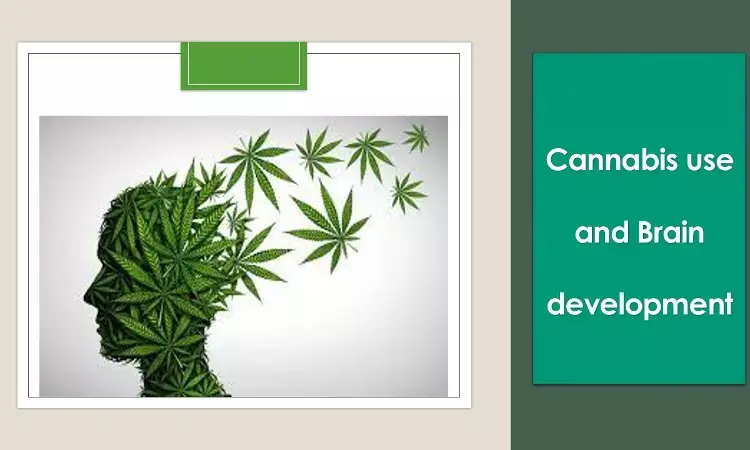- Home
- Medical news & Guidelines
- Anesthesiology
- Cardiology and CTVS
- Critical Care
- Dentistry
- Dermatology
- Diabetes and Endocrinology
- ENT
- Gastroenterology
- Medicine
- Nephrology
- Neurology
- Obstretics-Gynaecology
- Oncology
- Ophthalmology
- Orthopaedics
- Pediatrics-Neonatology
- Psychiatry
- Pulmonology
- Radiology
- Surgery
- Urology
- Laboratory Medicine
- Diet
- Nursing
- Paramedical
- Physiotherapy
- Health news
- Fact Check
- Bone Health Fact Check
- Brain Health Fact Check
- Cancer Related Fact Check
- Child Care Fact Check
- Dental and oral health fact check
- Diabetes and metabolic health fact check
- Diet and Nutrition Fact Check
- Eye and ENT Care Fact Check
- Fitness fact check
- Gut health fact check
- Heart health fact check
- Kidney health fact check
- Medical education fact check
- Men's health fact check
- Respiratory fact check
- Skin and hair care fact check
- Vaccine and Immunization fact check
- Women's health fact check
- AYUSH
- State News
- Andaman and Nicobar Islands
- Andhra Pradesh
- Arunachal Pradesh
- Assam
- Bihar
- Chandigarh
- Chattisgarh
- Dadra and Nagar Haveli
- Daman and Diu
- Delhi
- Goa
- Gujarat
- Haryana
- Himachal Pradesh
- Jammu & Kashmir
- Jharkhand
- Karnataka
- Kerala
- Ladakh
- Lakshadweep
- Madhya Pradesh
- Maharashtra
- Manipur
- Meghalaya
- Mizoram
- Nagaland
- Odisha
- Puducherry
- Punjab
- Rajasthan
- Sikkim
- Tamil Nadu
- Telangana
- Tripura
- Uttar Pradesh
- Uttrakhand
- West Bengal
- Medical Education
- Industry
Cannabis use hampers cerebral cortex development in adolescents, JAMA study.

Animal studies have shown that the adolescent brain is sensitive to disruptions in endocannabinoid signaling, resulting in altered neurodevelopment and lasting behavioral effects. Albaugh et al now report replication of these findings in human brain by showing that cannabis use during middle to late adolescence may be associated with altered cerebral cortical development, particularly in regions rich in cannabinoid 1 receptors. The results were published this week in JAMA Psychiatry.
Cannabis is a commonly used psychoactive drug, particularly among adolescents and young adults. Seventy-eight percent of first-time cannabis users are between the ages of 12 and 20 years. Evidence indicates that the adolescent brain may be particularly sensitive to disruptions in normative fluctuations in endocannabinoid signaling, associated with altered neurodevelopment and behavior.
The present study sought to examine the degree to which magnetic resonance (MR) imaging–assessed cerebral cortical thickness development is associated with cannabis use in a longitudinal sample of adolescents.
A total of 799 participants were identified who reported being cannabis naive at study baseline and had behavioral and neuroimaging data available at baseline and 5-year follow-up. Anatomical MR images were acquired with a 3-dimensional T1-weighted magnetization prepared gradient echo sequence.
Results suggest that cannabis use during middle to late adolescence may be associated with altered cortical development, particularly in prefrontal regions rich in CB1 receptors and exhibiting protracted maturational trajectories.
The authors found evidence of a dose-dependent association between cannabis use from baseline to 5-year follow-up and accelerated cortical thinning during that same period, primarily in prefrontal regions.
Follow-up analyses indicate a potential consequence of cannabis-related cortical thinning, as cortical thinning in the right dorsomedial prefrontal cortex from baseline to 5-year follow-up was associated with attentional impulsiveness at 5-year follow-up.
Taken together, these results suggest that, on average, cannabis use tended to qualify cortical thickness change within areas already undergoing the greatest degree of age-related change (from baseline to 5-year follow-up).
This finding provides support for the association of cannabis use with ongoing maturational processes in the brain and a possible explanation for the heightened vulnerability to the cognitive outcomes of cannabis use among adolescents.
The findings underscore the importance of further longitudinal studies of adolescent cannabis use, particularly given increasing trends in the legalization of recreational cannabis use.
Source: JAMA Psychiatry: doi:10.1001/jamapsychiatry.2021.1258
M.B.B.S, M.D. Psychiatry
M.B.B.S, M.D. Psychiatry (Teerthanker Mahavir University, U.P.) Currently working as Senior Resident in Department of Psychiatry, Institute of Human Behaviour and Allied Sciences (IHBAS) Dilshad Garden, New Delhi. Actively involved in various research activities of the department.
Dr Kamal Kant Kohli-MBBS, DTCD- a chest specialist with more than 30 years of practice and a flair for writing clinical articles, Dr Kamal Kant Kohli joined Medical Dialogues as a Chief Editor of Medical News. Besides writing articles, as an editor, he proofreads and verifies all the medical content published on Medical Dialogues including those coming from journals, studies,medical conferences,guidelines etc. Email: drkohli@medicaldialogues.in. Contact no. 011-43720751


